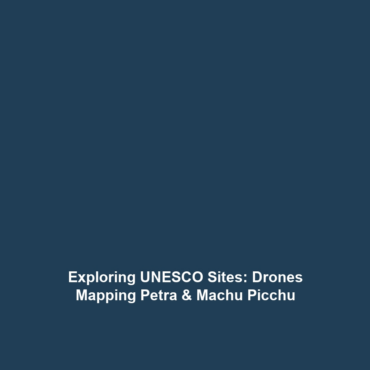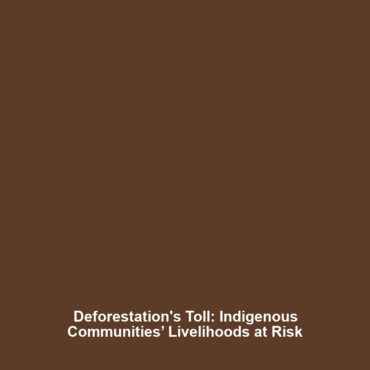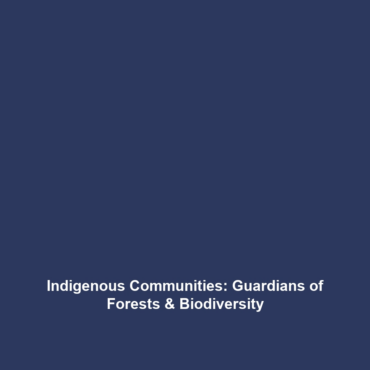<>
Case Studies: Drones Mapping Petra, Machu Picchu, and Other UNESCO World Heritage Sites
Introduction
The advent of drone technology has revolutionized the way scientists and archaeologists explore and document UNESCO World Heritage Sites like Petra and Machu Picchu. This modern methodology allows for precision mapping and data collection that were once unimaginable. By utilizing drones, researchers can conduct aerial surveys, monitor environmental changes, and create detailed 3D models. This article delves into case studies that showcase the significance of drones in the scientific exploration of these priceless cultural landmarks, highlighting their contributions to both preservation and education.
Key Concepts
Principles of Drone Mapping
Drone mapping leverages various technologies, including photogrammetry and LiDAR, to gather spatial data. These methods are essential for creating accurate topographical maps and for identifying features of historical significance. The importance of these technologies in the category of Drones in Science cannot be overstated, as they provide insights that are essential for archaeological studies and conservation efforts.
Significance within Drones in Science
As part of the broader discipline of Drones in Science, drone mapping aids in the meticulous documentation of UNESCO sites, ensuring that researchers and policymakers can make informed decisions regarding conservation and cultural heritage management. The integration of drones in scientific research streams is expanding, demonstrating a shift towards technologically-advanced methodologies.
Applications and Real-World Uses
Drones offer numerous applications for mapping UNESCO World Heritage Sites:
- Mapping and Documentation: Drones provide high-resolution imagery that facilitates the detailed mapping of structures and landscapes.
- Monitoring Environmental Changes: Continuous aerial surveys help monitor climate change impacts and biodiversity within these sites.
- Cultural Preservation: By capturing site conditions over time, drones play a critical role in developing conservation strategies.
These applications illustrate how drones mapping Petra and Machu Picchu enhance understanding and preservation within the context of Drones in Science.
Current Challenges
Despite the benefits, there are challenges associated with the use of drones for mapping UNESCO World Heritage Sites:
- Regulatory Issues: Navigating local regulations can be complex and may limit drone usage.
- Technical Limitations: Factors such as battery life and data processing capabilities can inhibit the extent of studies.
- Public Perception: Concerns over privacy and unauthorized surveillance can affect community acceptance.
These issues highlight the challenges of mapping UNESCO sites through drones and emphasize the need for ongoing dialogue and policy development.
Future Research and Innovations
The future of drone technology in the context of mapping UNESCO World Heritage Sites is promising. Advances in battery technology and artificial intelligence are paving the way for more autonomous drones capable of conducting complex surveys with reduced human oversight. Furthermore, developments in data analytics and machine learning will enhance the interpretation of aerial data, thereby improving research outcomes. Innovative approaches to drone use may lead to breakthrough conservation strategies that could safeguard these sites for future generations.
Conclusion
In summary, the utilization of drones for mapping sites like Petra and Machu Picchu represents a significant advancement in the scientific study and preservation of UNESCO World Heritage Sites. This technology not only aids in documentation and monitoring but also serves as a critical tool for informed conservation. To stay updated on advancements in Drones in Science, further exploration into their applications will provide valuable insights for researchers and policymakers alike. For more information, check out our articles on related topics in drone technology and heritage preservation.


